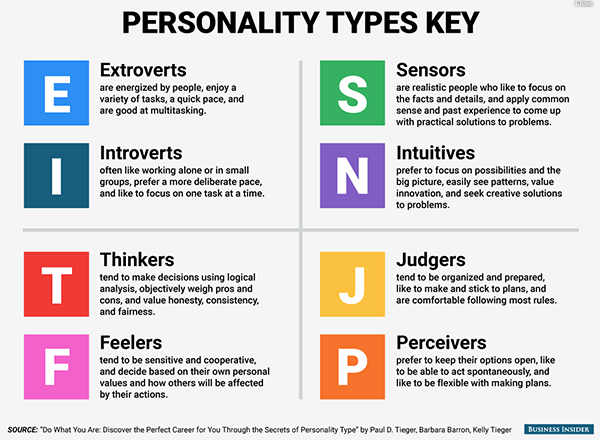Topic 2.1: Understanding Others – Leveraging differences at work
In Module 1, you explored behavioural preferences, personality, life influences, personal strengths and values. This deep self-reflection forms a great basis for appreciating others, particularly as we begin to appreciate the differences that can exist between people and the way in which these differences play out in teams, groups and social systems. Effective leaders and managers play a critical role in helping diverse groups of people build strong relationships and shared visions for the future.
In our workshop session, we’ll do some more work on the differences highlighted in the DiSC Profile that you completed in the first week of your studies in this unit. No doubt, the report you received has already highlighted some things that you know makes peoples’ approaches quite different in everyday life and work. Working across different styles and preferences to leverage diversity in teams is a key priority in this module.
Understanding personality and the differences in preferences, expression, approach and style among people can make a significant difference to your performance as a manager, leader and colleague – as well as in navigating relationships within your personal life. The way you communicate, negotiate, lead and motivate others depends significantly, on how well you understand and act on the personality dynamics in your workplace, with client groups and in project teams you work with. It is also important to your success in managing and influencing those in more senior roles; including your own leader or manager.
Many of the personality instruments we use today are based on the work of 20th century psychiatrist and psychotherapist Carl Jung (1875 – 1961). Part of Jung’s work on the different ‘types’ of human personality was later developed and popularised in the Myers Briggs Type Indicator (MBTI).

The purpose of the MBTI inventory is to make Jung’s type theory more accessible and understandable in everyday life. The key elements of Jung’s theory propose that the wide variations of behaviour that we see in different people are actually quite consistent in terms of how people perceive and judge certain situations.
Jung’s work suggests that people “differ in similar ways” and that we can map those preferences on just a few scales; in much, the same way as your DiSC profile maps your preferences in terms of behaviour and impact.
One of the most observable differences in preference that Jung identified – and one that we see and experience at work and at home every day – is the Extravert – Introvert scale, which Myers and Myers (1995, p7) describe in the following way:
“Another basic difference in people’s use of perception and judgment arises from their relative interest in their outer and inner worlds. Introversion, in the sense given to it by Jung in formulating the term and the idea, is one of two complimentary orientations to life; its complement is extraversion. The introvert’s main interests are the inner world of concepts and ideas, while the extravert is more involved with the outer world of people and things. Therefore, when circumstances permit, the introvert concentrates perception and judgment upon ideas, while the extravert likes to focus them on the outside environment.”
“This is not to say that anyone is limited either to the inner world or to the outer. Well-developed introverts can deal ably with the world around them when necessary, but they do their best work inside their heads, in reflection. Similarly, well-developed extraverts can deal effectively with ideas, but they do their best work externally, in action. For both kinds, the natural preference remains, like right- or left-handedness”.[1]
Understanding this fundamental difference in human preference and behaviour can be a valuable tool in both self-understanding and in understanding others.
Susan Cain’s book Quiet: The power of introverts in a world that can’t stop talking (2012) is a very interesting description of one of the most powerful everyday differences we experience in working with others.
Watch her TED talk about the introvert-extrovert dynamic. As you are watching, reflect on your own preference for introversion or extraversion.
Required Reflection
40 min
In your journal consider the following questions:
- Would you consider yourself to be more introverted or extraverted at work?
- Any observations about your own introvert-extravert interactions at work: e.g.,
- What work situations (environments and contexts) do you feel most comfortable and confident in?
- Which ones do you feel least confident and comfortable in?
- What do you notice about your communication, behaviours and emotions in those settings?
- What do you notice about others’ reactions to you?
- What do you notice about the quality of conversation, decision-making and collaboration in your interactions as they relate to introvert/extravert preferences?
Recommended Activity
10 min
- Myers, I.B. & Myers, P.B. (1995) Gifts Differing: Understanding personality type. CA: Davies-Black. ↵

